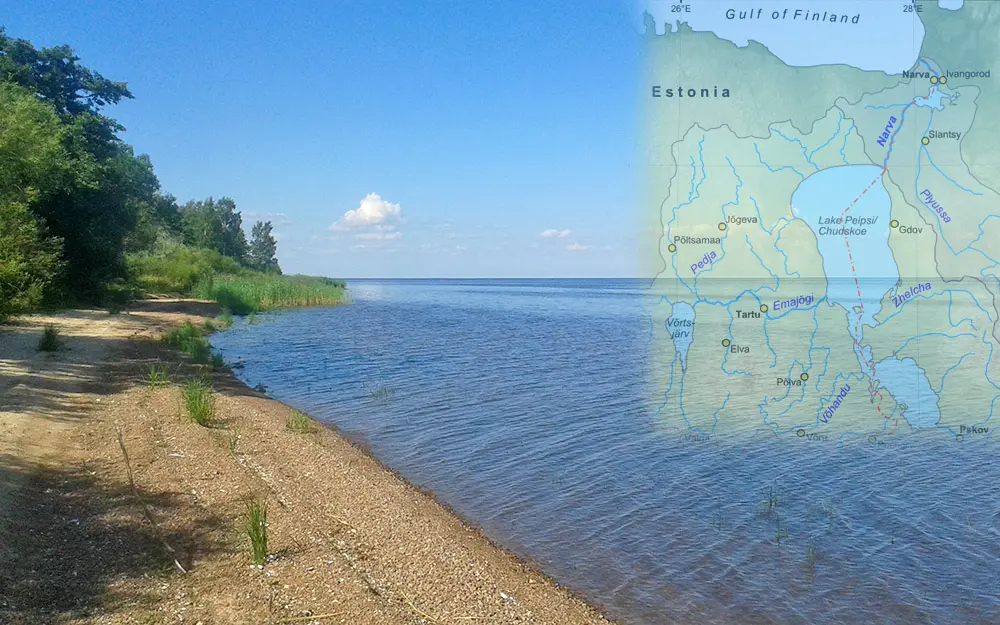Lake Peipus

General data
- Name: Lake Peipus
- Water system: Narva
- Water type: Natural lake
- Progression: Narva -> Gulf of Finland -> Baltic sea -> Atlantic Ocean -> Planet Earth
- Climates: Continental
- Continents: Europe
- Countries: Estonia, Russia
Description
Lake Peipsi (Estonian: Peipsi-Pihkva järv; Russian: Чудско-Псковское озеро, Псковско-Чудское озеро, romanized: Chudsko-Pskovskoye ozero, Pskovsko-Chudskoye ozero); is the largest trans-boundary lake in Europe, lying on the border between Estonia and Russia. The lake is the fifth-largest in Europe after Lake Ladoga and Lake Onega (in Russia north of Saint Petersburg), Lake Vänern (in Sweden), and Lake Saimaa (in Finland). The lake is a remnant of water regularly collecting at the foot of large, perennial arctic ice sheets during recent ice ages. It covers 3,555 km2 (1,373 sq mi), and has an average depth of 7.1 m (23 ft), the deepest point being 15 m (49 ft). The lake has several islands and consists of three parts:
- Lake Peipsi / Chudskoye (Estonian: Peipsi järv, Russian: Чудское озеро), the northern part of the lake, with an area of 2,611 km2 (1,008 sq mi) (73%)
- Lake Pihkva / Pskovskoye (Estonian: Pihkva järv, Russian: Псковское озеро), the southern part of the lake (area 708 km2 (273 sq mi) or 20%)
- Lake Lämmi / Tyoploye (Estonian: Lämmijärv, Russian: Тёплое озеро), the sound connecting the other two parts of the lake (area 236 km2 (91 sq mi) or 7%)


